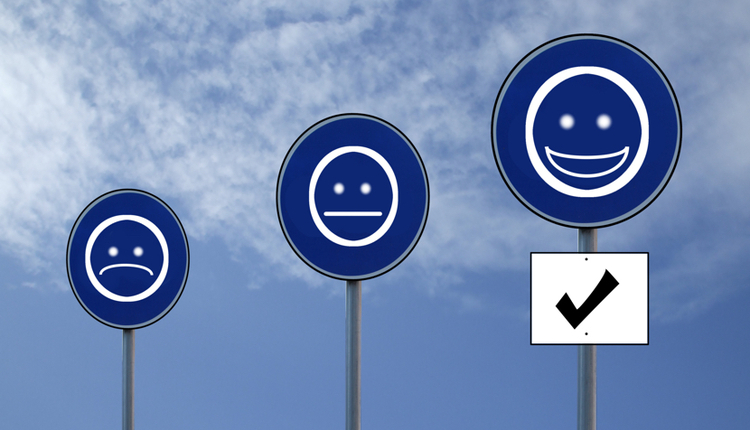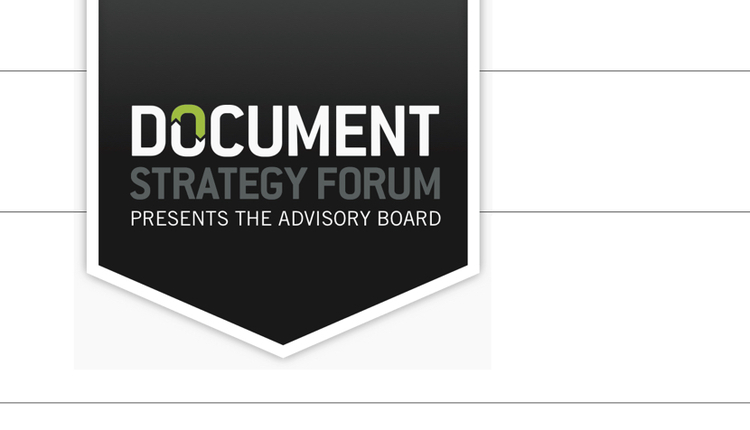
Image by: Tatomm, ©2016 Getty Images
As a technology industry analyst, I cut my teeth and traditionally wrote on technology issues. I’ve covered workplace collaboration for years and can geek out with the best of them. However, the modern workplace is undergoing rapid change due to digital disruption and transformation. The workplace is now very dynamic, which can lead to enormous amounts of stress for individuals and employees who are trying to navigate it. With employee engagement becoming an increasing focus in the past several years, stress has been a silent killer, causing disengagement and a negative workplace culture. So, how do we increase engagement by fostering organizational and individual resilience? How do we foster a positive workplace culture?
While we talk about the "future of work," "digital workplace" and "digital disruption," there is a tendency to focus on digital technology advances and work processes. Now, that is not a bad thing in itself, but at the center of those processes is people. People are the ones doing the work. However, dynamic workplace changes and organizational cultures that promote pressure for ultra-competitiveness help create stressful work environments.
One of the first steps for increasing engagement and fostering resilient employees is strategically focusing on a more positive organizational culture. Now, every individual has to bear their own responsibility for resilience. However, organizations can do a lot more in nurturing that resilience.
There are four aspects of resilience to focus on that are, in themselves, interrelated. Each relies on the other in an intersecting matrix and continuum that makes up the whole person. In like fashion, whole persons then make up whole organizations. So, it behooves organizations to focus on being resilient, which will require investing in employee resilience. This requires resilient leadership.
In speaking with a human resources (HR) professional from a large manufacturing organization, we discussed the four key aspects or dimensions of resilience and what it entails:
1. Emotional: This deals with emotional self-control, focus and staying calm under pressure.
2. Mental: This deals with perspective, removing thinking blocks and focusing.
3. Physical: This deals with overall health and fitness, nutrition and rest.
4. Spiritual: This deals with belief systems and values.
These dimensions are so interrelated that it is impossible to be strong in only one of them. Resilient individuals and employees have significant strengths and balance in all of these dimensions to a degree. These, therefore, become a microcosm of the entire organization.
Employee engagement and resilience go hand-in-hand. The presence of one usually implies the other is present in the culture. We now know that high engagement has positive effects on earnings and revenue. Engaged employees who are positive in their environment are more creative, productive and collaborative. This collaborative culture breeds innovation.
Resilient and engaged organizations are information-enabled. Employees are empowered to contribute and share information and resources. The opposite of this would be environments with hierarchical and tight controls over information flows. These organizations become rigid as a way to deal with the stress from changing work and competitive market environments.
Resilience will need to be developed in employees and leaders to deal with the rapid change of pace in the workplace, technology advances and the economic pressures we face. We’re in an era where individuals are asking more from organizations—who are, in turn, asking for more from their employees. There is a new expectation of transparency in this era of digital transformation.
Organizations have to develop resilience in the face of threatening disruption. This starts by focusing on developing resilience in employees.
David Mario Smith is founder and principal analyst at InFlow Analysis. Mr. Smith is a Gartner veteran of over 16 years and an IT industry professional with 20 years of experience in the collaboration and workplace technology markets. For more information, visit http://inflowanalysis.com or follow him on Twitter @DaveMario.















